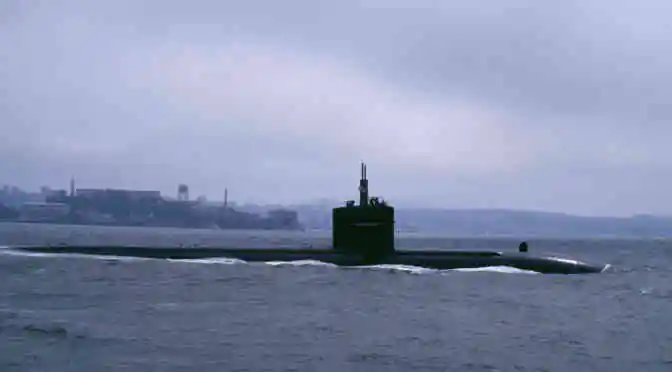In the distinguished words of the great Sir Isaac Newton, ‘Every action has an equal and opposite reaction’, a situation that is perfectly symbolized by the political, economic and social status of the world currently. Almost every other country is at war, and narrow minded political strongholds and juntas have created a haze of uncertainty and constant fear amongst the common people. In an ironic, Isaac Newton inspired twist, the ultimate solution against these transgressions are bigger weapons, near constant vigilance and strategically conceived weaponries that ensure peace by making the alternative choices, very unsavory.
Nuclear power is the future- Massive demand, specialist supply routes
In recent times, the best class of military arsenal are powered by the clean and powerful nuclear energy. Applauded for being non-polluting, highly efficient and cost-effective, nuclear power is driving our submarines and aircraft carriers on the high seas. The naval forces of the world are waking up to the possibilities of running their fleet on nuclear energy- while saving millions, appeasing the pro-green world movement (absolutely no greenhouse gases or harmful affluent produced via nuclear fission) and developing more advanced and stealthier technology. Undoubtedly, nuclear fission will power the wars of the future.
The market for nuclear powered naval vessels is quite literally heating up. By vessels, we are referring to Aircraft carriers, Frigates, Destroyers, Corvettes, Amphibious assault ships, Fast attack crafts, Patrol boats, Submarines and Unmanned sea systems. In this insightfully compiled market research report from Technavio, the premier analytical firm is pegging the growth of this market at an impressive CAGR rate (2017-2021) that will yield more than US$ 25 billion annually. Wider adoption, development of latter day technologies and the obvious cost-performance-efficiency equation will serve as the accelerants that will skyrocket the associated demand.
View from the ground- Key markets & expectations
If you are a manufacturer based in first world countries like the United States, France, the United Kingdom or Russia, you are privy to the wide adoption of nuclear power in their respective naval configurations. The US has 220+ nuclear powered vessels that cumulatively save around 11 million barrels of oil annually while China, Asia’s emerging superpower, is actively pursuing a strategy to develop and deploy nuclear powered naval vessels. The other prominent countries that are currently investing heavily (and likely to keep up the trend) on the development of nuclear powered ships include Japan, Brazil, Australia and India. The latter is building its second home-grown aircraft carrier named INS Vishal, a nuclear-powered behemoth and a probable blueprint for entire fleets that will likely follow.
As an OEM, you stand knee-deep in a playing field that sports very few qualified players and an ever-incrementing demand for specialized parts and/or completely built units (CBU). The emergence of credible competition takes years, however, as your only audience are governments from various countries that are looking to boost up their naval might, the existing competition will be fierce. Explained in a clear infographic are such inputs as the bargaining power of equipment suppliers, of buyers, possibilities of the emergence of alternative options to nuclear energy and the prevalent competition, a detailed and impartial analysis that can be sourced freely from here.
Separating the practicalities from the possibilities
Technavio is a premier market research firm that specializes in unearthing a massive quantum of relevant data pertaining to the applicability and profitability of specified business options in localized and worldwide settings. The expert in-house research team has penned a comprehensive dossier that addresses the various concerns associated with the global nuclear powered naval vessels market through 2017- 2021. Be in the know by downloading a brief sample or a report customized to suit your expectations and specific limitations.



